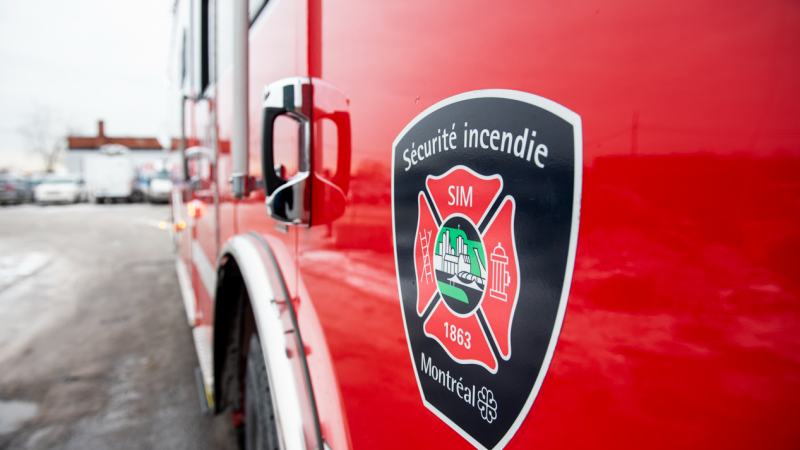The By-law concerning false fire alarms aims to reduce the number of avoidable false fire alarms. In case of an actual fire, these alarms must be taken very seriously.
Four main triggers may set off a false fire alarm. See what you can do to avoid having firefighters respond.
1. Fire alarms triggered by a test
Fire alarms may be set off as a result of a test or an evacuation drill. In order to avoid having firefighters respond:
- Warn the building’s occupants and visitors ahead of time by posting the information, date and time in the building 72 hours prior to the test.
- Warn your alarm company that tests or drills will be carried out.
- Shield the devices linked to your fire alarm (smoke detectors, manual station, etc.) in order to avoid accidental damage.
2. Fire alarms set off as a result of construction work
Construction or renovation work, as well as deficient maintenance during construction work may cause a false fire alarm to be triggered. To avoid having firefighters respond:
- Warn occupants.
- Isolate the area affected by construction work, in order to limit the spread of contaminants and dust.
- Shield the automatic detection device linked to the fire alarm, using a covering designed for that purpose.
- Work around the areas or components linked to the fire alarm system.
- Inform your alarm company of the work being carried out.
- Provide supervision.
3. Accidental or intentional false fire alarms
Fire alarms may be set off accidentally or intentionally. In order to avoid having firefighters respond:
- Shield all manual pull stations with a protective casing, which may also be equipped with a local sound device.
- Shield the most sensitive components using a perforated metal grid to protect fire detectors.
- Equip the building with cameras in order to identify offenders.
4. Fire alarms caused by a system malfunctioning
A fire alarm system may become worn, corroded, obsolete, it may run out of battery, the manual station may be intermittent, an error code or an illegible code may appear, component installation may be faulty, some components may be incompatible, or its location may be inadequate. All these reasons may cause a false alarm to be triggered. In order to avoid having firefighters respond:
- Check the fire protection equipment regularly to make sure that it is in good working order and carry out the inspections and maintenance required under the By-law.
- Correct any issues listed in the inspection report, so as to keep it as effective and adequately adapted as possible.
See the FAQ section here.




